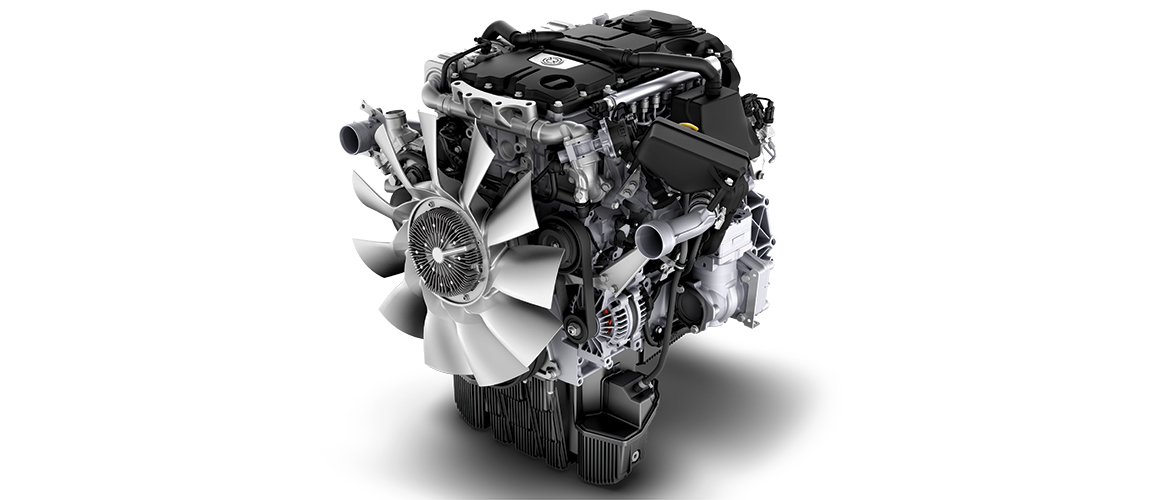Engines for Africa: Discover Inexpensive and Reliable Vehicle Components Here!
Engines for Africa: Discover Inexpensive and Reliable Vehicle Components Here!
Blog Article
The Quest for Ultimate Driving Power: Examining the Peak of Engine Performance and Technological Innovations in the Automotive Industry
In the world of vehicle design, the quest of maximum driving power has been a relentless quest that has unravelled with the evolution of engine layout and the combination of cutting-edge technologies. From the meticulous craftsmanship of combustion engines to the fast advancements in electrical propulsion systems, the automobile industry stands at the cusp of a new period characterized by unmatched efficiency capabilities.
Advancement of Engine Design

In addition, the integration of turbocharging and supercharging modern technologies has actually revolutionized engine layout by improving power without considerably boosting engine dimension. These forced induction systems press the consumption air, permitting for even more gas to be ignited, thus creating better power output from a smaller sized engine. This improvement has actually been specifically vital in enhancing the performance of smaller displacement engines while maintaining gas performance criteria.

Performance-Enhancing Gas Technologies
The application of advanced fuel modern technologies has substantially contributed to improving engine performance in modern vehicles. Biofuels, acquired from renewable resources like corn, sugarcane, or algae, deal enhanced and lowered discharges engine effectiveness. In addition, fuel additives and detergents are being created to clean engine components, maximize burning, and minimize rubbing, therefore increasing general car performance.
Advancements in Electric Propulsion
Substantial strides in electric propulsion modern technology have changed the auto sector, paving the means for a new period of sustainable and efficient transport. Electric lorries (EVs) are gaining appeal because of their environmental benefits and advancements in battery technology, allowing longer driving arrays and shorter billing times. Manufacturers are investing heavily in study and advancement to boost the performance of electric propulsion systems, concentrating on increasing power outcome, boosting energy performance, and decreasing overall weight.
One noteworthy development in electric propulsion is the development of innovative electric motors that deliver higher torque and power thickness, leading to improved velocity and general driving efficiency. In addition, regenerative stopping systems have actually been refined to catch and store power throughout slowdown, further increasing the efficiency of EVs.
In addition, the combination of smart innovations, such as man-made intelligence and predictive analytics, is enhancing the management of electric propulsion systems, guaranteeing optimum efficiency under various driving conditions. These innovations in electrical propulsion are improving the vehicle landscape, driving the market in the direction of a much more lasting and amazed future.
Impact of Computational Fluid Dynamics
With advancements in electric propulsion pushing the borders of automotive innovation, the integration of Computational Fluid Characteristics is playing a crucial function in maximizing wind resistant performance and improving general performance in find out this here lorry design. Computational Liquid Dynamics (CFD) entails the use of computer system simulations to assess the circulation of air around an automobile, making it possible for designers to predict just how layout changes will impact the rules of aerodynamics without the requirement for pricey physical prototypes. By precisely modeling airflow patterns, CFD allows for the improvement of lorry shapes to minimize drag, boost cooling, and improve security.
One trick advantage of utilizing CFD in vehicle layout is the ability to iterate rapidly, discovering numerous layout variants to recognize the most aerodynamically reliable solutions. This repetitive process results in vehicles that are not only sleeker and a lot more aesthetically enticing however also more fuel-efficient and ecologically pleasant. CFD makes it possible for designers to enhance airflow around parts such as radiators, engine bays, and wheel wells, contributing to improved performance and total driving experience. To conclude, the assimilation of Computational Liquid Characteristics represents a significant step forward in the quest for supreme driving power and effectiveness in the auto market.
Future Fads in Engine Development
In the dynamic landscape of automotive engineering, sophisticated advancements are forming the future trajectory of engine innovation. The future of engine layout is noted by a strong focus on sustainability, efficiency, and performance. Producers are significantly concentrating on developing engines that not only provide high power results but likewise focus on environmental duty by boosting and lowering discharges gas efficiency.
One popular pattern in engine technology is the rise of electrification. Hybrid and electric powertrains are gaining grip as viable options to traditional burning engines. These technologies offer the potential for significant decreases in carbon this article discharges and enhanced energy performance, lining up with global initiatives to deal with environment change.
Furthermore, innovations in products scientific research and production methods are making it possible for the production of lighter and much more resilient engine parts. This shift in the direction of light-weight materials such as carbon fiber and aluminum alloys contributes to boosted efficiency and gas economic climate.
Final Thought
In final thought, the quest of utmost driving power in the automobile market continues to drive improvements in engine layout, fuel technologies, electrical propulsion, and computational liquid characteristics. The evolution of these innovations is shaping the future of engine advancement, leading the method for much more effective and powerful automobiles (engines for africa). As the industry remains to push the limits of what is possible, we can expect to see much more cutting-edge advancements in the pursuit for peak efficiency
One of the vital landmarks in engine layout advancement is the transition from standard carbureted engines to modern-day fuel-injected systems. By specifically metering the gas delivery to each cyndrical tube, fuel-injected engines optimize combustion, resulting in better performance and decreased environmental influence.
In addition, the combination of turbocharging and turbo charging innovations has actually reinvented engine design by increasing power without considerably enhancing engine dimension (engines for africa).The execution of sophisticated fuel technologies has actually considerably added to boosting engine efficiency in modern lorries. Additionally, Click This Link fuel ingredients and cleaning agents are being developed to clean engine components, maximize burning, and lower rubbing, therefore improving general car performance
Report this page